Folkestone Harbour Station
Folkestone Harbour Station
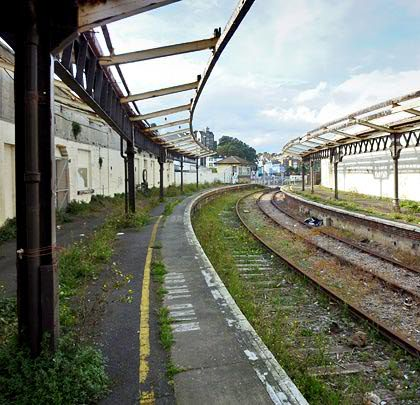
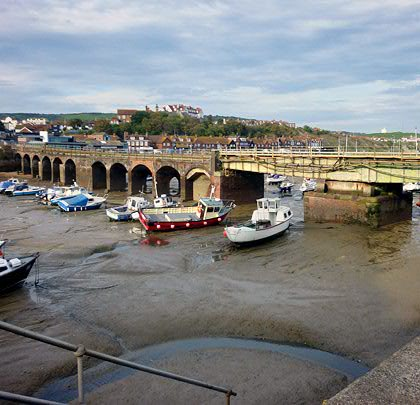
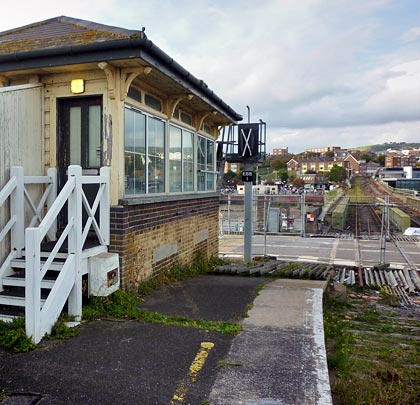
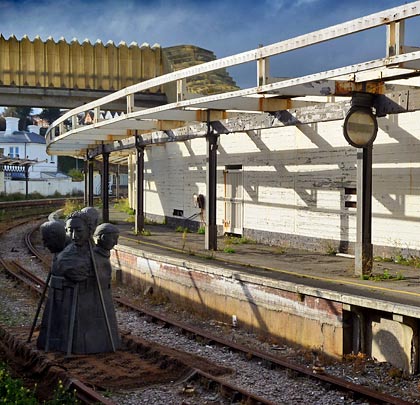
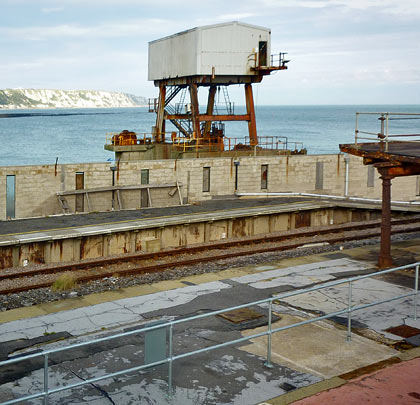
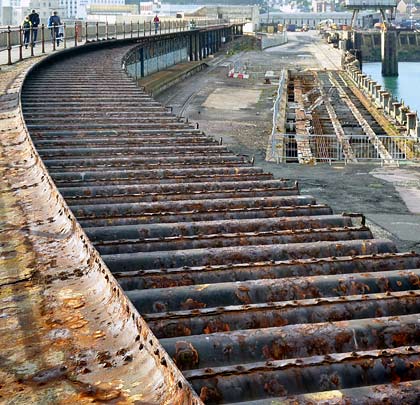
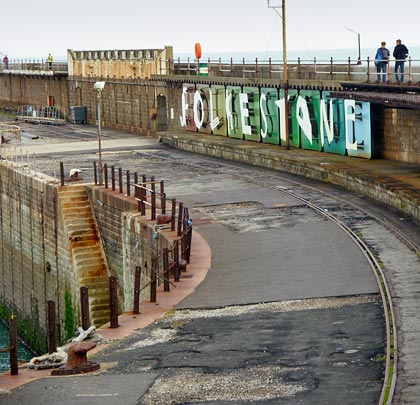
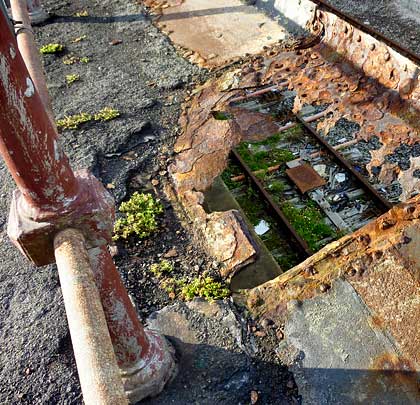
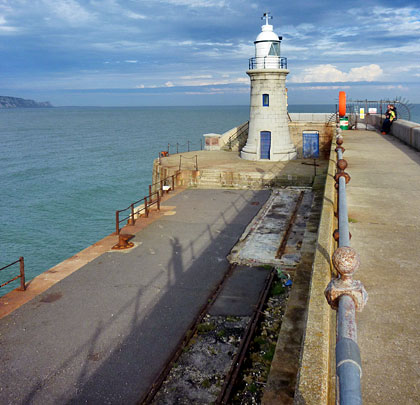
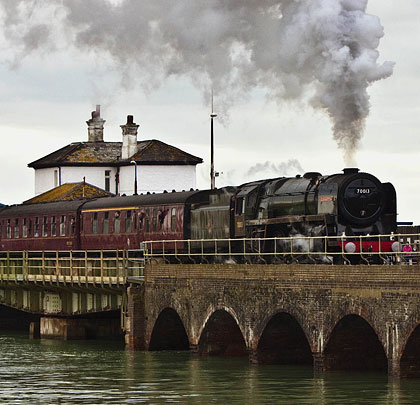










In 1844, a double-track branch was built from the main line at Folkestone Junction to the harbour, heading out over the water on a viaduct. Three years later a swing bridge was installed to provide access onto the southern pier.
The line was approved for passengers use in 1848 and services into a temporary station started on New Years Day 1849. The pemanent terminus was not completed until the following year, providing two platforms entirely covered by a roof. Alongside it to the east was a goods warehouse.
The site was remodelled in 1893 with the creation of a through station comprising two curved platforms, linked by a pair of lattice footbridges. Elegant canopies were erected together with stone-built office accommodation. A single track allowed access onto a timber pier at its southern end – this acted as a headshunt for traffic reversing into the maze of goods sidings.
As the pier was further extended and rebuilt in concrete, a second platform was added on the Up side in 1905, separated from its neighbour by a line into the carriage sidings. It had a timber canopy and was connected to the main station by a footbridge. The length of the Down platform was effectively doubled to 215 yards in 1938.
The ending of steam-hauled services allowed the carriage sidings to be lifted and the Up platform lengthened, ultimately as far as the pier’s end. This was protected by a simple glazed canopy.
Following the Channel Tunnel’s opening in 1994, most ferry operators moved their services to other ports in the South-East. Two trains each day arrived to connect with the Hoverspeed SeaCat services but these were relocated to Ramsgate and the station closed to timetabled traffic in 2001. Shortly after the route was single-lined.
As part of efforts to regenerate the harbour area, it has been proposed that the mothballed station be permanently closed, the remaining track lifted and the viaduct demolished. However a body opposing this has been established – the Remembrance Line Association – with the aim of gaining control of the branch for use as a heritage railway and tourist shuttle.
(Smudge9000’s photos are used under this Creative Commons licence.)







